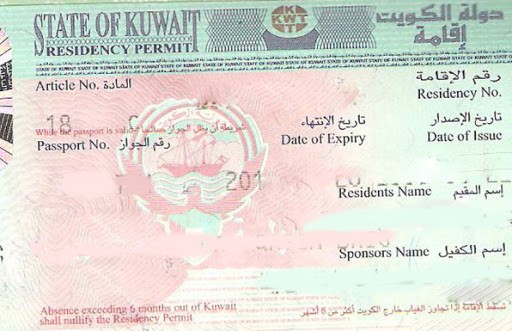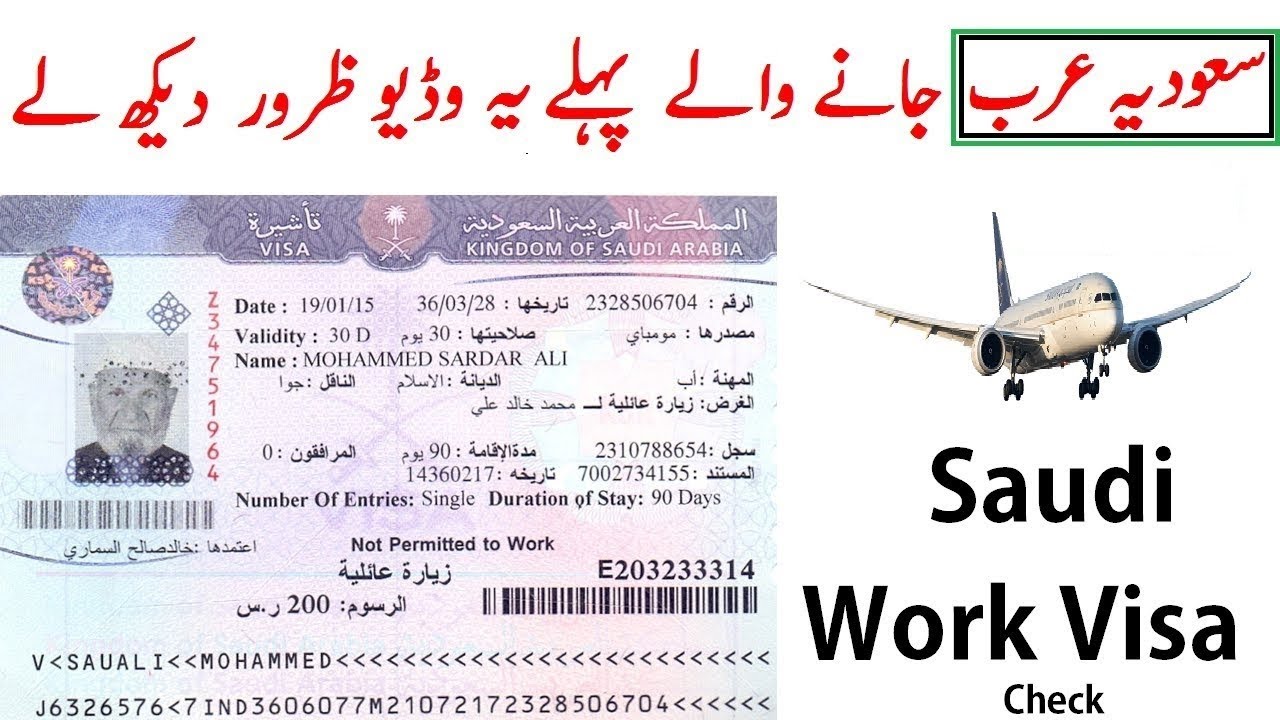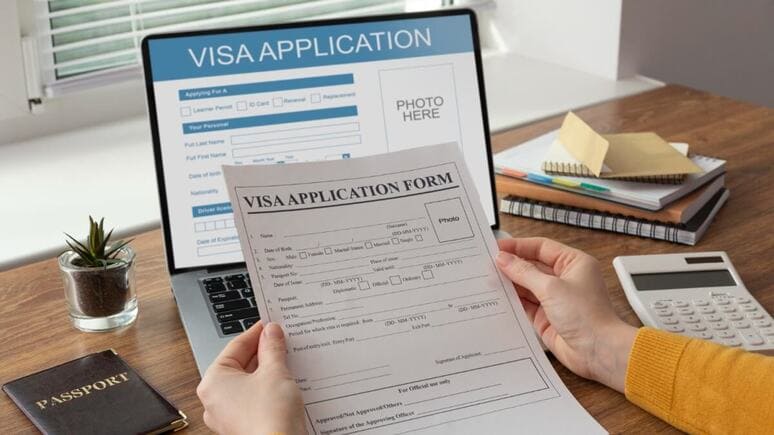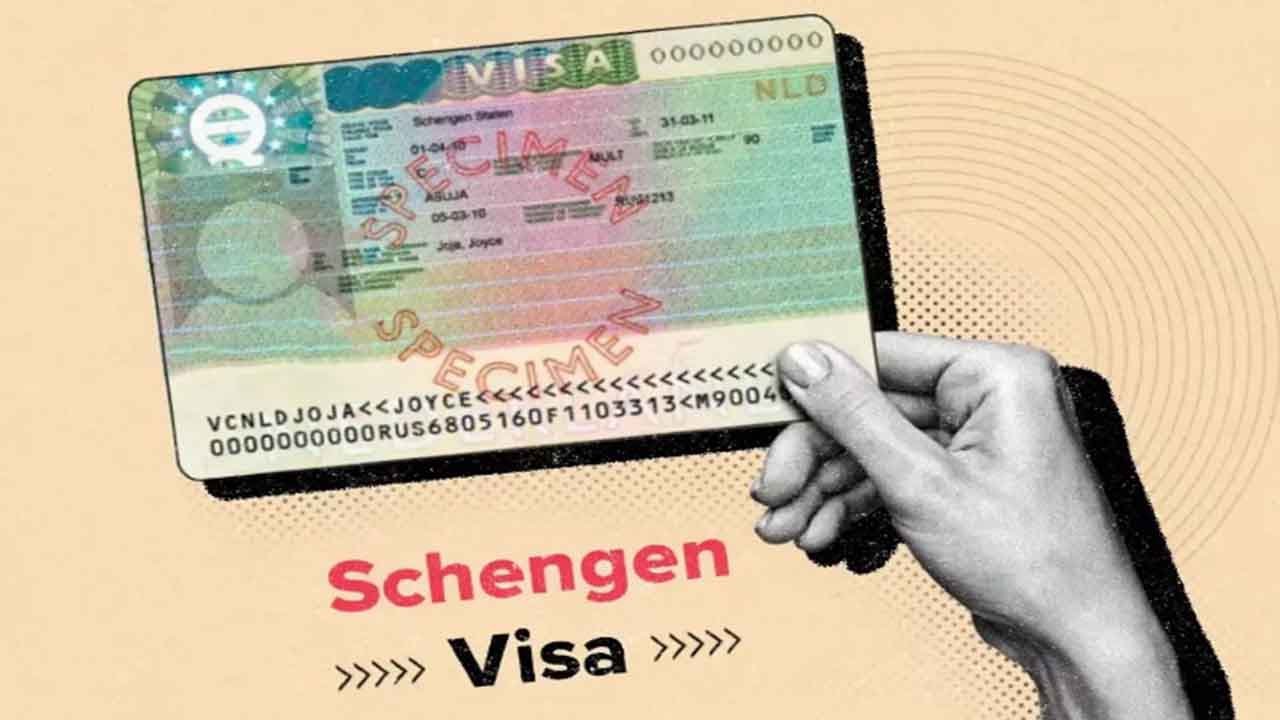Immigration shapes the world, weaving stories of hope, ambition, and new beginnings. In 2025, countries continue to refine their immigration policies to balance economic needs, security, and humanitarian goals. Whether you’re a student dreaming of studying abroad, a professional seeking new horizons, or a family hoping to reunite, understanding immigration rules is crucial. This article dives into the latest immigration frameworks across key countries, offering insights, visuals, and answers to common questions. Let’s explore how nations are opening—or closing—their doors in 2025.
Why Immigration Rules Matter in 2025
Immigration policies reflect a country’s priorities, from economic growth to cultural diversity. In 2025, global trends like climate displacement, aging populations, and digital nomadism are reshaping these rules. Some nations are easing pathways for skilled workers, while others tighten borders amid political shifts. Understanding these policies helps you plan your move, avoid pitfalls, and seize opportunities.
This guide covers immigration rules for major destinations, highlighting visa types, eligibility, and recent changes. With visuals and expert insights, we aim to make complex policies accessible and engaging.
1. United States: A Land of Opportunity with Strict Oversight
The U.S. remains a top destination for immigrants, but its rules are intricate. In 2025, the focus is on skilled workers, family reunification, and border security.
Key Visa Categories
- H-1B Visa: For skilled professionals in tech, healthcare, and engineering. Caps remain at 85,000 annually, with a lottery system.
- Family-Based Green Cards: Prioritize spouses, children, and parents of U.S. citizens. Siblings face longer wait times.
- Diversity Visa Lottery: Offers 50,000 green cards to underrepresented countries. Applications open October 2025.
- Asylum and Refugee Programs: Strengthened in 2025, with faster processing for credible fear claims but stricter vetting.
2025 Updates
The Biden administration has streamlined H-1B renewals, allowing in-country processing. However, political debates may tighten asylum rules. The EB-5 investor visa now requires a minimum $1.05 million investment, up 5% from 2024.
Challenges
Backlogs persist, with over 1 million green card applications pending. Undocumented immigrants face uncertainty as DACA protections waver.
2. Canada: Welcoming Talent with Open Arms
Canada’s immigration system is a global model, emphasizing economic contributions and diversity. In 2025, it aims to welcome 500,000 newcomers.
Key Programs
- Express Entry: A points-based system for skilled workers, prioritizing age, education, and language skills. The Comprehensive Ranking System (CRS) score cutoff hovers around 470.
- Provincial Nominee Program (PNP): Allows provinces to nominate immigrants for local needs, like Alberta’s tech sector.
- Family Sponsorship: Spouses, parents, and grandparents can join residents, with processing times reduced to 12 months.
- Refugee Resettlement: Canada plans to resettle 40,000 refugees, focusing on climate-displaced individuals.
2025 Updates
Canada introduced a Digital Nomad Visa, allowing remote workers to stay for 12 months. The Start-Up Visa now targets AI and green tech entrepreneurs, with faster approvals.
Why Canada?
Low unemployment (5.2% in 2025) and a multicultural ethos make Canada attractive. However, housing shortages in cities like Toronto pose challenges.
3. United Kingdom: Post-Brexit Realities
The UK’s immigration system has evolved since Brexit, focusing on self-sufficiency and high-skilled talent in 2025.
Key Visa Routes
- Skilled Worker Visa: Requires a job offer with a minimum salary of £38,700 (up 10% from 2024). Tech and healthcare dominate.
- Global Talent Visa: For leaders in arts, sciences, or tech, with no job offer needed.
- Student Visa: Allows post-study work for two years, attracting 600,000 international students annually.
- Asylum System: Stricter, with the Rwanda deportation plan paused but border controls tightened.
2025 Updates
The UK launched a Scale-Up Visa for fast-growing businesses, easing hiring for startups. The minimum income for family visas rose to £29,000, sparking debate.
Challenges
High visa fees (£1,500–£3,000) and NHS surcharges deter applicants. Anti-immigrant sentiment, though declining, lingers in politics.
4. Australia: A Points-Based Paradise
Australia’s immigration system is selective, favoring youth, skills, and economic contributions. In 2025, it targets 195,000 permanent migrants.
Key Pathways
- Skilled Independent Visa (Subclass 189): Points-based, no employer sponsorship. Popular for engineers and nurses.
- Employer-Sponsored Visa (Subclass 482): For industries like mining and healthcare, with pathways to residency.
- Student Visa: Over 400,000 international students, with post-study work rights up to four years.
- Humanitarian Program: 20,000 refugee visas, focusing on Pacific Island climate migrants.
2025 Updates
Australia raised the Temporary Skilled Migration Income Threshold to AUD 73,150. A new Pacific Engagement Visa supports regional ties.
Why Australia?
A high quality of life and 4% unemployment rate attract migrants. However, remote locations and high living costs challenge newcomers.
5. Germany: Europe’s Economic Powerhouse
Germany’s aging population drives its welcoming immigration stance. In 2025, it seeks 400,000 skilled workers annually.
Key Visa Types
- EU Blue Card: For professionals earning €58,400 (or €45,300 in shortage occupations like IT).
- Job Seeker Visa: Six months to find work, popular among engineers and doctors.
- Family Reunification: Spouses and children join residents, with faster processing in 2025.
- Asylum Policy: Streamlined for Ukrainians and Syrians, but stricter for economic migrants.
2025 Updates
Germany lowered language requirements for Blue Card holders (B1 to A2). A new Opportunity Card allows 12 months to seek jobs without a degree.
Challenges
Bureaucracy and housing shortages in cities like Berlin frustrate applicants. Integration courses are mandatory but oversubscribed.
6. New Zealand: Quality Over Quantity
New Zealand prioritizes sustainable immigration, targeting 60,000 residents in 2025.
Key Visa Categories
- Skilled Migrant Category: Points-based, favoring healthcare and construction workers.
- Work to Residence Visa: For critical roles, like teachers, with a two-year pathway to residency.
- Student Visa: Post-study work rights for up to three years.
- Refugee Quota: 1,500 places, with focus on Pacific climate refugees.
2025 Updates
The Green List expanded to include 20 new occupations, like welders. A Climate Mobility Visa trials support for displaced Pacific Islanders.
Why New Zealand?
Stunning landscapes and a 3.8% unemployment rate attract migrants. However, isolation and high costs deter some.
Caption: New Zealand’s beauty draws global talent.
7. Emerging Destinations: UAE and Singapore
United Arab Emirates
The UAE is a hub for expats, with 90% of its population foreign-born. In 2025, it emphasizes flexibility.
- Golden Visa: 10-year residency for investors, entrepreneurs, and talent. Minimum investment: AED 2 million.
- Remote Work Visa: One-year stay for digital nomads earning $5,000 monthly.
- Green Visa: Five-year residency for skilled workers without sponsorship.
2025 Updates: The UAE expanded Golden Visa eligibility to include teachers and scientists. Freelance visas now cover 50 professions.
Caption: Dubai’s skyline reflects its global appeal.
Singapore
Singapore’s strict but efficient system targets high-skilled talent.
- Employment Pass: For professionals earning SGD 5,000 monthly, up 5% from 2024.
- EntrePass: For startup founders with innovative business plans.
- Dependant’s Pass: For families of EP holders, with work rights.
2025 Updates: Singapore launched a Tech.Pass for AI and fintech leaders, offering two-year stays.
Global Trends Shaping Immigration in 2025
- Climate Migration: Countries like Canada and New Zealand pilot visas for climate-displaced people, with 50 million globally affected.
- Digital Nomad Visas: Over 30 countries, including Portugal and Thailand, offer remote work visas, reflecting post-COVID work trends.
- Aging Populations: Germany, Japan, and Canada ease rules to attract young workers, offsetting demographic decline.
- Political Shifts: Rising nationalism in Europe may tighten asylum policies, while the U.S. faces election-driven changes.
Frequently Asked Questions (FAQs)
Q: Which country is easiest to immigrate to in 2025?
A: Canada and New Zealand are among the easiest due to transparent, points-based systems and high demand for skilled workers.
Q: How can I prepare for a visa application?
A: Gather documents (passport, degrees, work experience), improve language skills, and consult immigration lawyers for complex cases.
Q: Are digital nomad visas worth it?
A: Yes, for remote workers seeking flexibility. Check income requirements and tax implications, like the UAE’s $5,000 monthly threshold.
Q: How do I avoid immigration scams?
A: Use official government websites, avoid unverified agents, and never pay for “guaranteed” visas.
Q: What’s the impact of climate change on immigration?
A: It’s driving new visa categories, like New Zealand’s Climate Mobility Visa, as millions face displacement.
Call to Action
Navigating immigration rules can feel like crossing a maze, but you’re not alone. Start your journey by visiting official government portals like Canada.ca, Gov.uk, or Homeaffairs.gov.au for accurate details. Consult licensed immigration advisors to tailor your path. Your dream of a new life awaits—take the first step today!












